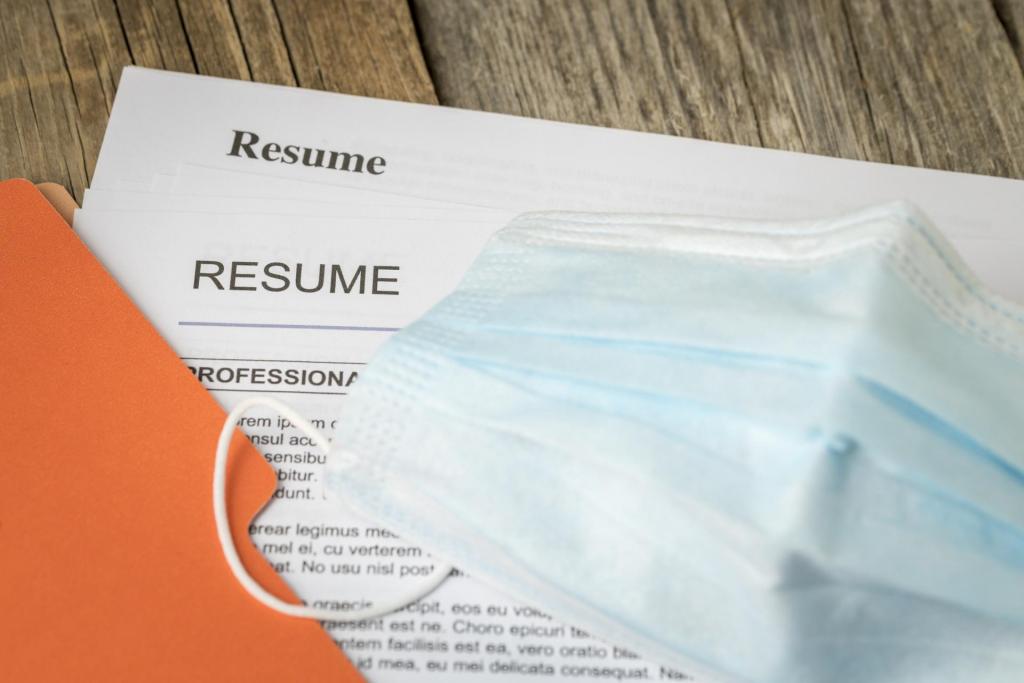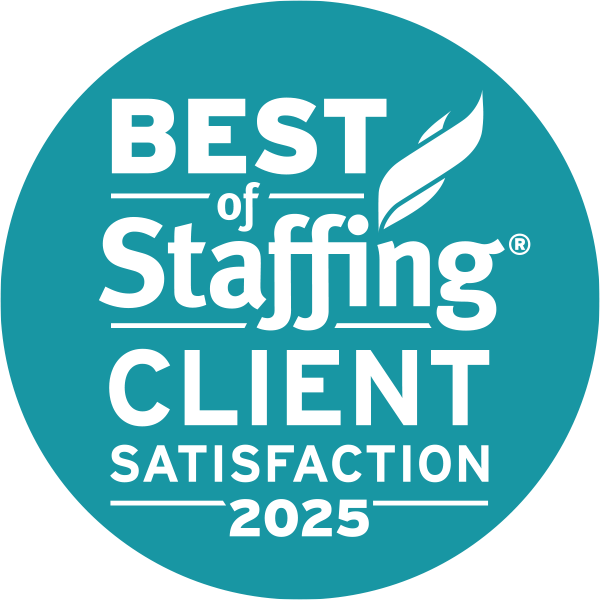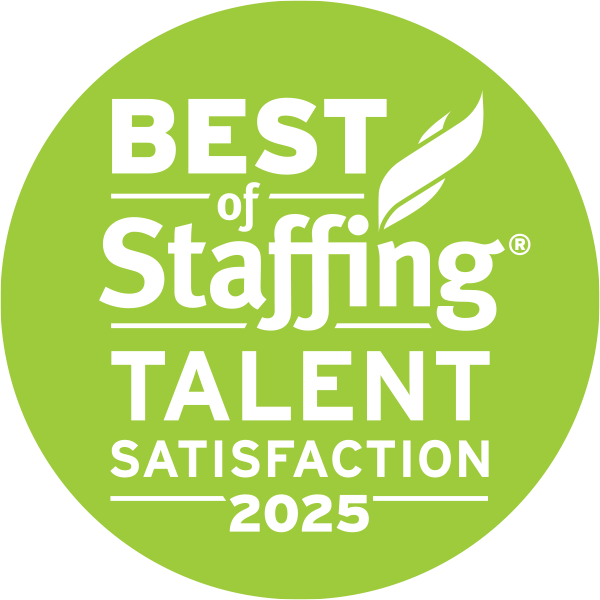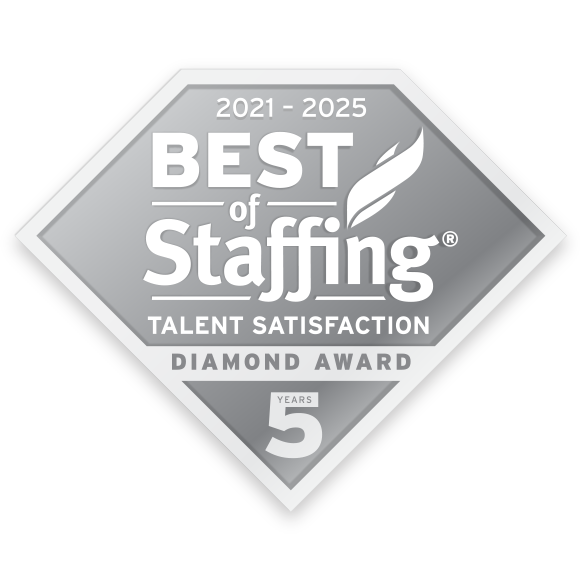Updated June 26, 2024
Healthcare jobs make up 9.3% of total employment in the United States, with as many as 14.7 million people working in the sector. The healthcare industry doesn’t seem to be slowing down, with analysts predicting that there will be 1.8 million openings each year in the field until 2032.
With so many employment opportunities, it’s time to freshen up your resume to compete with qualified candidates. But how can you make your resume shine?
Consider what a resume is meant to do. Your healthcare resume has three primary objectives that it must cover. The document should clearly state the healthcare position you are interested in, your education, and your experience.
You must also format the information so the hiring manager can decide in under five minutes. That’s the average time hiring managers spend looking at the average resume. No pressure at all, right?
The first step is getting your resume into the hiring manager’s hands. Once you achieve that, your information must be organized, concise, and aimed at the role you are applying for. Use these pointers when developing your healthcare resume.

How to organize your healthcare resume
Because you have such a short time to maintain the reader’s attention, you want the information to be scannable and easy to read. The best way to do this is by creating clearly labeled sections that allow the hiring manager to find what they’re looking for easily.
Think of a restaurant menu. It may have fifty to a hundred selections, but the information is spaced out and organized for easier reading. If possible, keep all the information on one page for resumes. But what do you include?
Use the following sections with proper formatting to make your healthcare skills and education stand out.
Name and contact information
It may seem like a given, but you should double-check that your contact information is accurate. Include your full name, city and state, and a phone number where you can be reached. If appropriate, include a professional email address and social links.
Summary
Spend time writing a summary that will catch the eye of the hiring manager. You aim to infuse keywords into a short paragraph that illustrates your experience, desirable characteristics, career goals, and industry accomplishments. Look through the job listing and include some keywords to make your resume stand out.
Many hiring managers use applicant tracking systems to help automate resume scanning and selection. The right keywords can allow the applicant tracking systems to zero in on your resume.
Make sure to highlight your credentials and mention some of your proudest achievements, all while keeping the summary as concise as possible. Remember, you only have a few minutes before the hiring manager moves on to the next resume.
Here is an example of a resume summary you can use to construct your own:
“Experienced Certified Emergency Nurse (CEN) with hospital nursing experience in ER and trauma units. Seeking to leverage my training to fulfill the new role of Emergency Room Nurse. Compassionate, professional, and quick-thinking, able to remain calm under pressure. Capable of delivering consistent patient-centered, quality critical care in all emergency room situations.”
Skills and qualifications
Hiring managers want to know that you have the knowledge and certifications necessary to qualify for the position on offer. Make the information bite-sized for easier reading. Bullet points work best. At the very least, use small paragraphs and sparse wording to list your most valuable accomplishments, characteristics, and career goals.
To find the skills most relevant to employers, start searching through job ads. Pay attention to the skills employers want most when writing your resume. Make the best skills prominent and your resume may just catch a hiring manager’s eye.
Don’t be afraid to list skills that aren’t necessarily related to healthcare. Healthcare providers must have a range of hard and soft skills, so adding skills like open communication and customer service can make you even more attractive to an employer.
Experience
This section is meant to showcase your work history in the healthcare industry. If you don’t have much prior experience, consider adding medical residencies or any clinical experience you have.
Be consistent when listing out your employment positions. State your position, the name of the company you worked for, and any duties, skills, and achievements you feel are relevant. Include the employment dates and organize the listings in reverse chronological order so that the most recent positions are first.
Education
To enhance your credibility and prove that you’re qualified for the job, you must be thorough in the education section. You’ll want to include the names of each diploma or degree you earned, but make the information scannable using bullet points.
If some of your education or certification seems irrelevant to the position, list your schooling anyway–but make sure the most relevant items are front and center. You will also want to describe every professional certification and license you’ve obtained.
Please include the license's name, the certifying body's name, the certification number (when applicable), and the date you obtained the license or certificate.
Healthcare resume formatting
Simplicity is key when formatting a resume. Choose legible font styles and sizes, including headings and subheadings. Bolding all headings can make the resume more scannable.
Microsoft Word, Open Office, and other word processors have resume builders that can save you time and stress. If you’re unsure which to use, you can test different designs to see which ones gain the most traction.
Customize your resume for each submission
It can be tempting to send a form resume to each employer for efficiency, but that might be a mistake. It’s best to tailor each one to the position you’re applying for.
Employers who are looking for specific skills and educational degrees will prioritize the resumes that highlight that information. Use keywords that are pertinent to the position and list the skills and education that the employer is seeking closer to the top so that they’re the first things the hiring manager sees as they scan the resume.

Don’t forget a cover letter
One of the best ways to make a good impression from the moment the hiring manager comes across your resume is by including a cover letter. Yes, this is more time-consuming, but it could be what pushes you to the next stage of the recruitment process.
Use the same header listed on your resume when writing your cover letter. State your full name, address, phone number, and email. Include the submission date and the hiring manager’s name if it’s available. The more personalized you can make your cover letter, the greater the odds of having it read.
Read the job listing carefully to get a sense of the tone you want to use for your letter. Then, focus on elaborating on the education, accomplishments, and experience you mention in the resume. This is a great opportunity to demonstrate your communication skills along with your qualifications for the job.
Your letter doesn’t have to be long, but it should be enticing. Your goal is to sell yourself enough to make the hiring manager want to learn more about you and your qualifications.
Proofread your resume before you submit
Hiring managers like to see well-written resumes that are completely free of errors. Mistakes can happen because you’ll be editing the resume to highlight certain factors that match the various job listings.
For instance, you may erase half a word when changing the hiring manager’s name. Alternatively, you might lose an entire bullet point as you shift the skills you want to highlight.
That’s why you must take time to read through the resume right before you send it. Review it slowly and carefully. It can help to do so out loud. You may also want to run it through spelling and grammar checkers. Most programs have these options built-in, but you can also turn to a free online option, like Grammarly, for a more thorough assessment.
Giving your resume to someone else to read can ensure that even the tiniest errors are caught. Sometimes, an extra pair of eyes can comb through the information enough to catch case errors, grammar inconsistencies, and the occasional spelling flub.
Get started with Prolink
You want to make a good impression from the moment the hiring manager sees your name. By adding a cover letter and taking your time preparing a resume that offers exactly what the job calls for, you can bring yourself one step closer to getting an interview.
If you think your resume could use a refresh, Prolink recruiters can help you tailor it to the exact position you’re looking for. Our team guides you through every step of the application process, including resume and cover letter assistance.
Ready to get started? Connect with a recruiter today or click below to start your job search.









